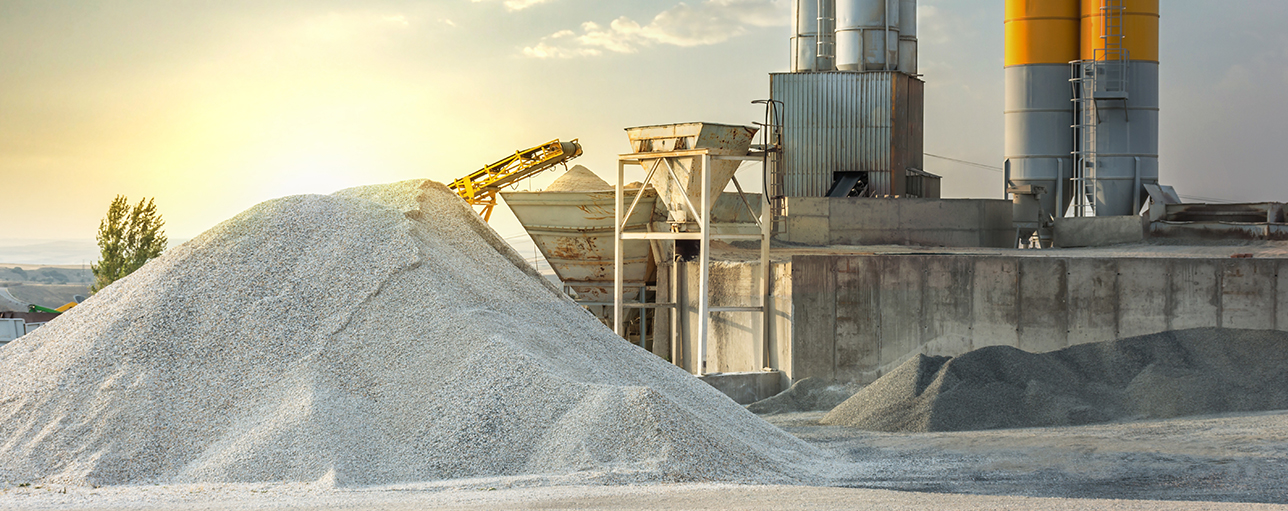Researchers at MIT claim to have found a new way to store energy using cement, some water and powdered carbon black – a crystalline form of the element.

Materials can be cleverly combined to create supercapacitors, which in turn could be used to construction energy storage foundations in homes, roads that could charge wireless vehicles, or serve as foundations for wind turbines and other renewable energy systems.
According to a paper published in the Proceedings of the National Academy of Sciences National Academy of Sciences), 45 cubic meters of carbon-added cement could have enough capacity to store 10 kilowatt-hours of energy – about the amount an average household uses per day. .
A cement block of this size would be about 3,5 meters on each side and, depending on the size of the house, the block could theoretically store all the energy an off-grid home using renewables would need.
Only three percent of the cement mix should be carbon black and then it can act as a supercondenser, but the researchers found that a 10 percent carbon black mixture appears to be ideal (carbon black is impure carbon particles).
Above this ratio, the cement becomes less stable – something we don't want in a building foundation.
Η team states that non-structural use could allow higher soot concentrations and therefore greater energy storage capacity. The team has only built a tiny platform of a volt test using the carbon black mixture, but has plans to create supercapacitors the size of a 12-volt car battery – and eventually in the 45 cubic meter block.
Along with being used for energy storage, the same mixture could also be used to provide heat – by applying electricity to the network of conductive carbon encased in the cement, MIT noted.



